So, for the Hackaday World Create Day 2016 meetup, I wanted to create a useful project that anybody could build that involves music and electronics. So I came up with the idea of using widely available individually addressable LED strip technology with MIDI to make lights that go under the keys on a MIDI keyboard (and above the black keys) to show what key should currently be played.
By playing a simple MIDI file to the device, the keys that should be pressed would light up .
Possibly, custom PC software could be created that could show the required keys in advance of their the need to play, and judge the user's performance in hitting them at the correct time.
For the working musician, the lights could be attached directly to the MIDI output of the keyboard being played to simply light the keys that are currently being played. Playing the notes could trigger light animations that could make the performance more interesting.
 Tina Belmont
Tina Belmont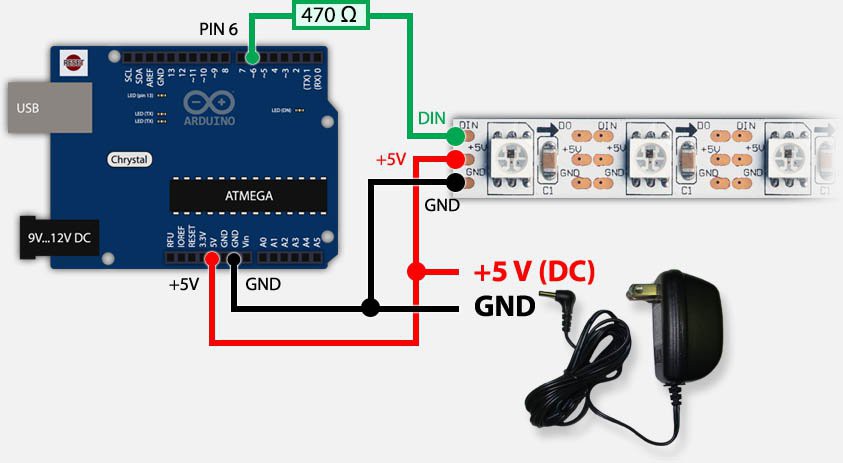
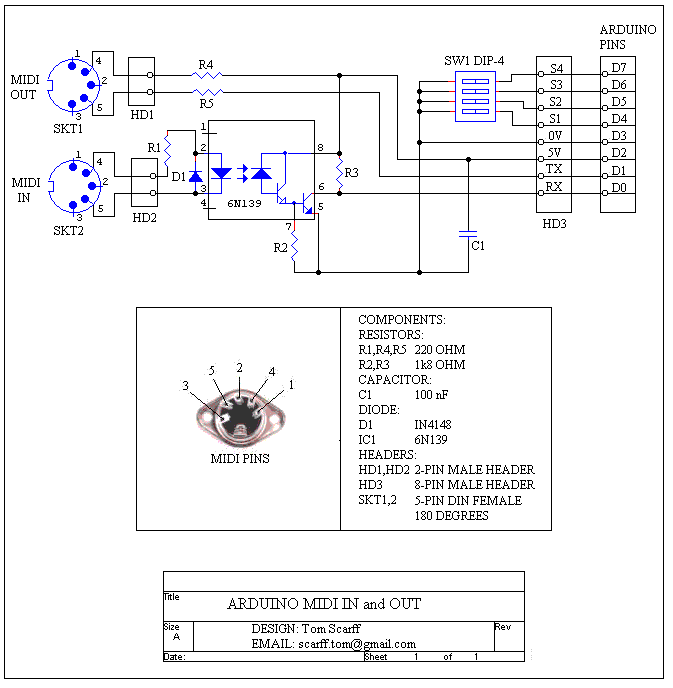
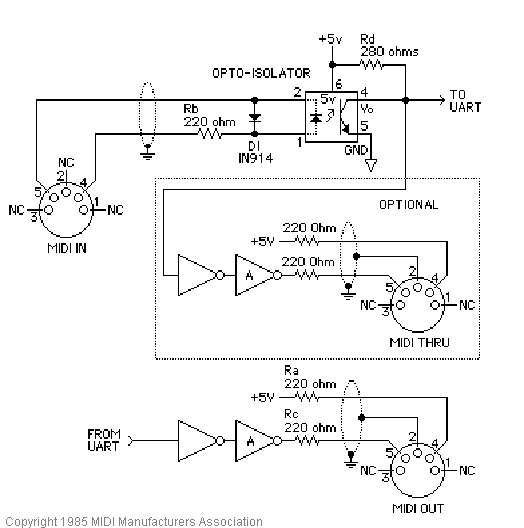
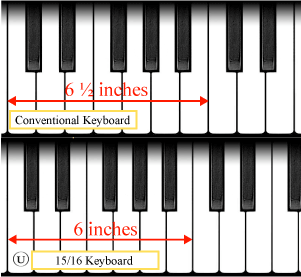
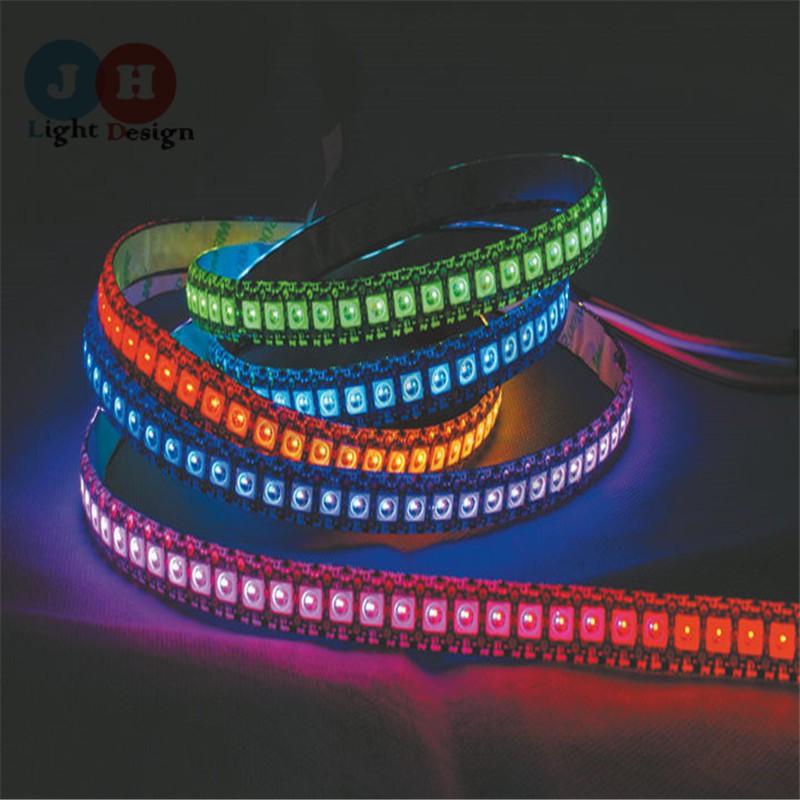

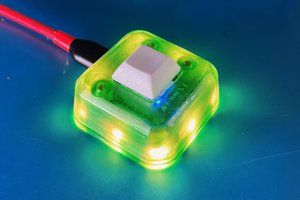
 DefProc Engineering
DefProc Engineering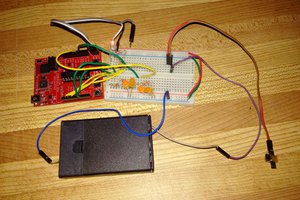
 Petri Varsa
Petri Varsa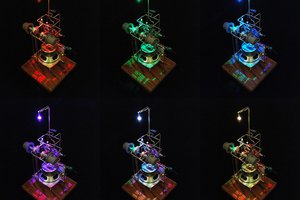
 Emily Velasco
Emily Velasco
 mpinner
mpinner
It seems to be cool ! Is it working with Synthesia software ?